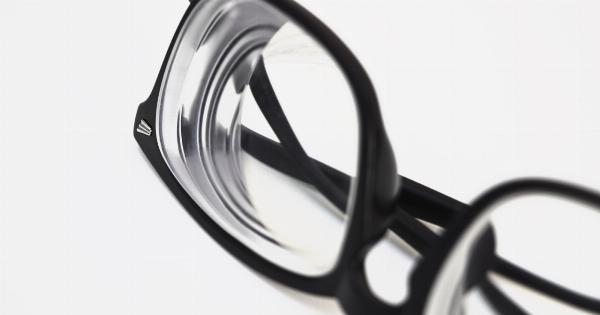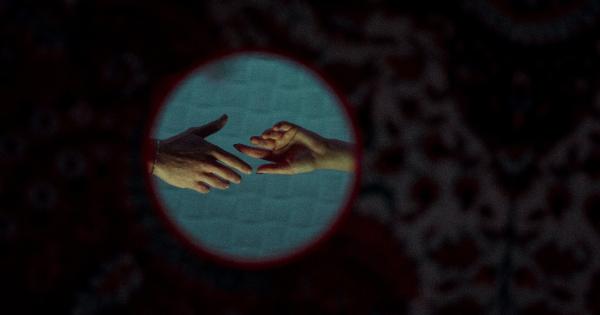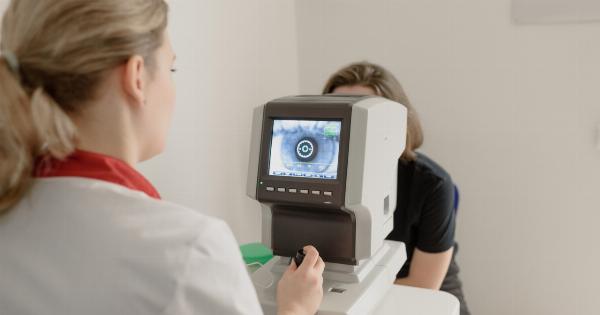Presbyopia is a common vision problem that occurs with age, making it difficult to focus on objects up close. For decades, the primary solution to correct presbyopia has been the use of reading glasses.
However, advancements in technology have led to the development of alternative options that eliminate the need for traditional presbyopia glasses. In this article, we will explore these new innovations and discuss how they have revolutionized the way presbyopia is managed.
1. Monovision Contact Lenses
Monovision contact lenses provide a unique approach to correcting presbyopia.
By fitting one eye with a lens for near vision and the other eye with a lens for distance vision, individuals with presbyopia can enjoy clear vision at various distances without the need for reading glasses. This technique allows the brain to adapt and integrate the images received from both eyes, providing a seamless visual experience.
2. Multifocal Contact Lenses
Multifocal contact lenses are another excellent alternative to presbyopia glasses. These lenses have multiple prescription powers within a single lens, allowing for clear vision at different distances.
Whether it’s reading a book up close or looking at objects in the distance, multifocal contact lenses provide a smooth transition and eliminate the hassle of constantly switching between different pairs of glasses.
3. Accommodative Intraocular Lenses
Intraocular lenses are typically used in cataract surgery to replace the natural lens of the eye. However, recent advancements have led to the development of accommodative intraocular lenses specifically designed to address presbyopia.
These lenses have the ability to change focus and adjust to different distances, mimicking the natural functionality of the eye’s crystalline lens. With accommodative intraocular lenses, individuals can achieve clear vision at all distances without the need for additional visual aids.
4. Corneal Inlays
Corneal inlays are small devices implanted within the cornea to improve near and intermediate vision. They work by altering the way light enters the eye, creating a greater depth of focus.
Corneal inlays come in different shapes and materials, such as small rings or discs, and are customized to meet each individual’s specific vision needs. This innovative solution provides a permanent solution for presbyopia, eliminating the need for glasses or contact lenses altogether.
5. Laser-Assisted In Situ Keratomileusis (LASIK)
LASIK is a well-known laser eye surgery procedure that can also correct presbyopia.
With advancements in technology, LASIK procedures can now be tailored to address both near and distance vision, offering a comprehensive solution for individuals with presbyopia. Through precise corneal reshaping, LASIK can restore clear and focused vision, reducing or eliminating the need for presbyopia glasses.
6. Photorefractive Keratectomy (PRK)
Similar to LASIK, PRK is a laser eye surgery procedure that reshapes the cornea to improve overall vision. PRK is an alternative for individuals who may not be suitable candidates for LASIK or prefer a different approach.
By reshaping the cornea’s curvature, PRK can correct presbyopia and provide clearer vision without the reliance on traditional reading glasses.
7. Extended Depth of Focus (EDOF) Intraocular Lenses
Extended depth of focus (EDOF) intraocular lenses are designed to extend the range of clear vision, providing a gradual transition from near to distance vision.
These lenses utilize advanced optical technology to enhance depth perception and improve overall visual acuity. With EDOF intraocular lenses, individuals can experience improved vision without the need for presbyopia glasses or other visual aids.
8. Conductive Keratoplasty (CK)
Conductive Keratoplasty (CK) is a non-invasive procedure that utilizes radiofrequency energy to reshape the cornea, improving near and distance vision.
This quick and painless treatment is often recommended for individuals seeking an alternative to presbyopia glasses. By gently reshaping the cornea, CK provides clearer vision and reduces the reliance on traditional reading glasses or contact lenses.
9. Pharmacological Solutions
Researchers are constantly exploring pharmacological solutions to address presbyopia. Some promising options include eye drops and oral medications that may temporarily improve near vision.
Although these solutions are still under development and require further testing, they hold potential for individuals who wish to eliminate their dependence on presbyopia glasses.
10. Conclusion
Presbyopia glasses have long been the go-to solution for individuals with age-related farsightedness. However, with the remarkable advancements in eye care technology, alternative options have emerged that eliminate the need for traditional glasses.
From monovision contact lenses and multifocal contact lenses to surgical procedures like LASIK and the use of intraocular lenses, individuals now have a range of solutions to choose from. These options offer improved vision at various distances, providing a life-changing experience for those with presbyopia. With the help of these innovations, individuals can bid farewell to presbyopia glasses and enjoy clear and seamless vision.































